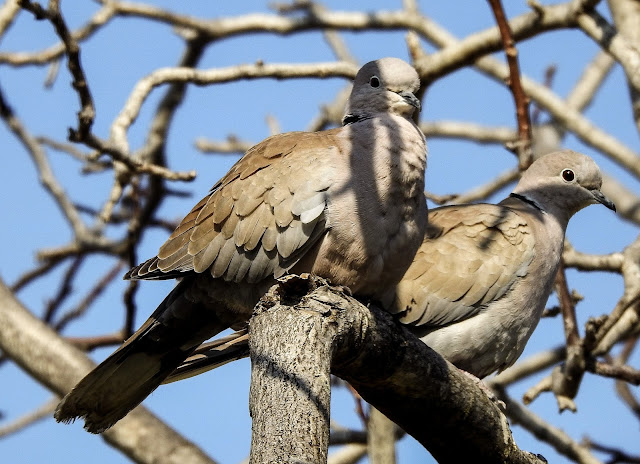This Blog contains Wildlife, Plants and Bird Photos from Walks, Safaris, Birding Trips and Vacations. Most of the pictures have been taken with my Nikon P900 and P950X cameras. Just click on any image for a larger picture. On the right column under the Blog Archive are the entries by date. Below that under Animal categories all the diffent species of Animals, Birds, Insects and Plants contained in the website are listed. Clicking on any entry will show all the entries for that species.
TOTAL PAGEVIEWS
2071359
TRANSLATE
Saturday, 8 February 2020
Friday, 7 February 2020
Thursday, 6 February 2020
Wednesday, 5 February 2020
5-2-2020 EL SALER, VALENCIA - DROMEDARY CAMEL (Camelus dromedarius)
The hump stores up to 80 lb (36 kg) of fat, which the camel can break down into energy to meet its needs when resources are scarce; the hump also helps dissipate body heat. When this tissue is metabolized, through fat metabolization, it releases energy while causing water to evaporate from the lungs during respiration (as oxygen is required for the metabolic process): overall, there is a net decrease in water. If the hump is small, the animal can show signs of starvation. In a 2005 study, the mean volume of adipose tissues (in the external part of the hump that have cells to store lipids) is related to the dromedary's unique mechanism of food and water storage. In case of starvation, they can even eat fish and bones, and drink brackish and salty water. The hair is longer on the throat, hump and shoulders. Though the padded hooves effectively support the camel's weight on the ground, they are not suitable for walking on slippery and muddy surfaces.
Subscribe to:
Posts (Atom)













































